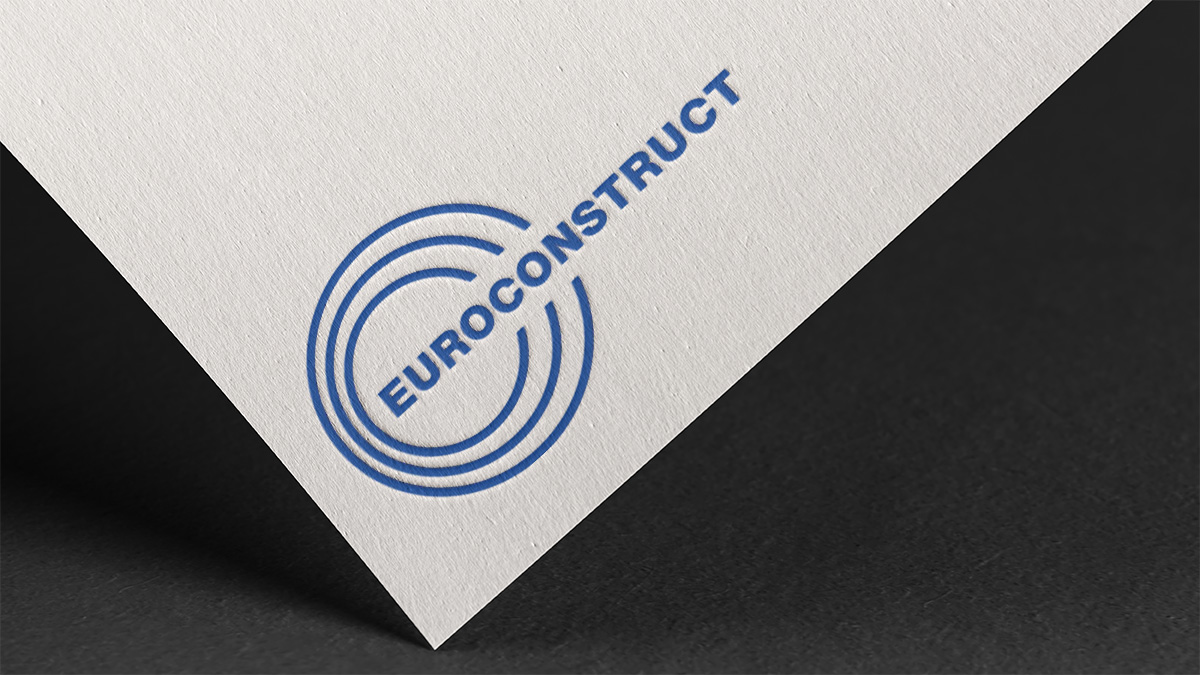
Consumer confidence collapsed once the coronavirus crisis erupted, with fears of unemployment in particular skyrocketing. Nearly a year later, however, the residential segment still offers multiple advantages, even though the 2020 recession was the most severe since the last war.
Mortgage rates hit an all-time low
Mortgage rates have never been lower. According to the Immotheker barometer, the 20-year fixed rate is around 1.30%. By way of comparison, it was 1.6% at the start of last year and 2% just three years ago, while the average rate for loans over ten years was around 5% before the outbreak of the 2008 financial crisis!
Household income continues to rise
It might not have been expected at the onset of the coronavirus crisis – and many may still be unaware of it – but the situation is not unfavourable when it comes to households’ disposable income. In fact, generally speaking, it is even favourable. The most recent documents from the Federal Planning Bureau show that households’ disposable income continued to grow last year (up 0.7%) and that it should increase by around 1% this year.
Financing for new builds more accessible
Construction prices rose 3% in 2020. This outstripped inflation (1%) but was still not enough to ensure that companies could maintain their profit level since they are coping with additional costs, especially those generated by the coronavirus crisis.
On the plus side, when combined with falling rates and rising disposable income, tighter prices make new construction more accessible. The fall in rates in 2020 meant a roughly 2.6% drop in monthly payments, while households’ disposable income increased by around 1.7% in nominal terms. In sum, mortgage repayment capacity increased by 4.3%, i.e. more than the cost of construction.
ABOUT THE AUTHOR
Jean-Pierre Liebaert
Aquiec-Vkebi
Jean-Pierre Liebaert has been following the construction situation and all economic issues relating to construction since he graduated as a Civil Engineer in Applied Mathematics - Economics. On the strength of this experience, he has represented Belgium at Euroconstruct since 2000, through AQUIEC. He is also general adviser at Embuild, member of the economic commission of the Belgian Federation of Enterprises and holds various mandates in official Belgian bodies. These include the Central Economic Council, the Higher Council for Statistics and the pricing office for compulsory construction insurance.
New builds now more competitive
The rise in construction costs (up 3% in 2020) was less pronounced than in residential real estate (up 4% for houses and 7% for apartments between the third quarter of 2019 and 2020), meaning that new housing is more competitive today than a year ago.
Persistent investor interest
Low bond performance (-0.1% for Belgian 10-year bonds in 2020) is prompting investors looking for a return to move into real estate investments. Today, they are major market players and will likely remain so for a few more years to come (the Federal Planning Bureau forecasts that the yield on Belgian 10-year bonds will drop by 0.3% in 2021).
No point speculating on falling real estate prices
The prospect of an imminent major downward correction in house prices is not one of the most plausible scenarios. After all, the gap between market prices and the theoretical equilibrium price based on market fundamentals (income, mortgage rate, number of households, etc.) – which was 13% in 2020 – does not reflect a real estate bubble that is about to burst in Belgium. Johan Van Gompel, an economist at KBC, says that this gap will only become problematic when it reaches 20 to 25% or more.
Nor are experts forecasting a limited drop in property prices in the short term. And in any case, operators have no interest in postponing an acquisition project in the hope of a price drop of a few per cent per year. For a first-time buyer, waiting a year would mean losing in rent what he could save on the price of his future home. And for an investor, it would mean losing out on the return on investment.
Emerging from the crisis
Even though unemployment is on the rise in the wake of the coronavirus crisis – for which there are real hopes of an improvement now that vaccinations have started – this year’s forecast unemployment rate remains one of the lowest in recent decades according to the latest outlook from the Federal Planning Bureau.
As a result, fear of unemployment is gradually fading, even though it remains a major concern. Consumers are also becoming gradually less confused about the right time to make major purchases and, more generally, consumer confidence has recovered most of the ground that was lost following the outbreak of the coronavirus crisis.
Lower VAT rate on demolishing and rebuilding projects: a genuine opportunity
A lower VAT rate of just 6% (instead of 21%) is currently being applied to demolish and rebuild projects across the country, at least for 2021 and 2022. It also applies to the purchase of a new home rebuilt after demolition. Before the start of the year, this reduced rate only applied to rebuilds by private individuals carrying out the operation themselves and only in 32 specific areas.
In general, the supply of land has increased by this and, in particular, there are more opportunities for considering building new housing units in areas where there is no longer any greenfield land. In other words, an opportunity has also emerged for some of those for whom financing the acquisition of a home is problematic.
ABOUT THE AUTHOR
Jean-Pierre Liebaert
Aquiec-Vkebi
Jean-Pierre Liebaert has been following the construction situation and all economic issues relating to construction since he graduated as a Civil Engineer in Applied Mathematics - Economics. On the strength of this experience, he has represented Belgium at Euroconstruct since 2000, through AQUIEC. He is also general adviser at Embuild, member of the economic commission of the Belgian Federation of Enterprises and holds various mandates in official Belgian bodies. These include the Central Economic Council, the Higher Council for Statistics and the pricing office for compulsory construction insurance.
